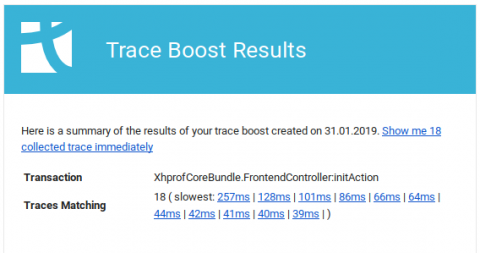Systems | Development | Analytics | API | Testing
Development
How You Can Help Us Grow Bugfender
This month, Bugfender turned four years old. We didn’t throw a massive party to celebrate the birthday (the team is spread all over the world, which makes party-planning rather tricky) but we all reflected with pride on the amazing journey we’ve been on. Over the last four years we’ve watched Bugfender become a vibrant, sustainable venture. What started as a spin-out from our parent company, Mobile Jazz, is now established in its own right.
New and Improved Support: Ionic & Unity
At Bugfender, we strive to keep improving. The number of smartphone users is rising all the time, as is the number of smartphone models. So the challenge of fixing bugs is getting increasingly difficult. So it’s with great pride that we announce new and improved support for both Ionic and Unity.
A Blueprint for Modern Working: Six Hacks for Asynchronous Success From the Mobile Jazz Company Handbook
How do you organize an effective meeting when you don’t have a physical space to hold it? How do you manage workflows across different time zones, when some people are starting work as others go to bed? How do you integrate new people into the culture when you don’t have a physical HR department?
How to Start Programming With Reactive X and RxJava2
In the development world, we’re constantly being bombarded by new innovations with the potential to change our world. 5G, augmented reality, machine learning… there’s probably never been a more fertile and exciting time to be a developer.
5 Monitoring Tools Every Startup And MVP Should Check Out
As an entrepreneur and the CTO of a young startup, keeping a close eye on the product is at the top of my priorities. To keep improving the product, I’m always alert to new issues; and seeing those issues from different perspectives is key to resolving problems before users are affected. This is where monitoring comes in. In this blog post, I will get you into my stack and share the list of monitoring tools I’m using on a daily basis.
Trigger Trace 2.0 Preview: What's New
Last year we asked all our customers what they think we should work on and "Triggering Traces" came out on top. We started planning a prototype in Winter last year and are ready to share the current state and a few ideas ideas as we launch the beta program. The general release date is planned for late February/March.
Updates from Bugfender Q4/2018
Each quarter, we like to share some stats about Bugfender’s usage. Here are a couple of interesting pieces...
Why 2019 Will Change Everything for Developers
In a hundred years’ time, when the world’s tech writers look back on our primitive technology and chart the rise of the smartphone, they’ll pinpoint three years as being crucial to the technology. The first will be 1994, which saw the release of the IBM Simon, a prototype for the smartphones we recognize today. The second will 2007, when the first iPhone went on sale. The third will be 2019.
New Bugfender React Native Plug-in [New Feature]
Some products you build because you want to. Others you build because you have to. In the case of Bugfender’s brand-new plug-in for React Native, it was definitely the latter. Like the rest of the development world, we’ve come to rely on this cross-platform framework to build killer apps across Android, iOS and web. But that’s not why we’ve built our plug-in. No, it’s because our users were building their own versions!











